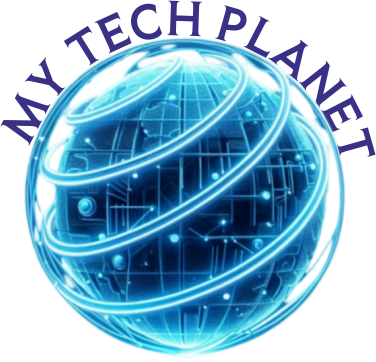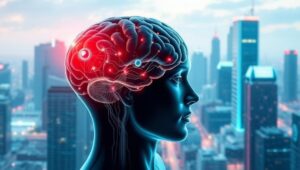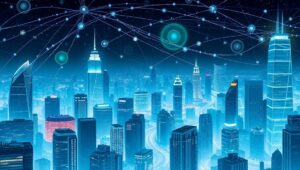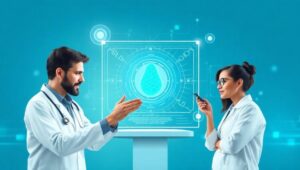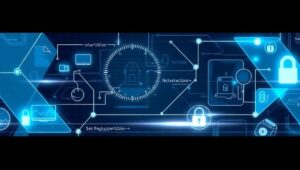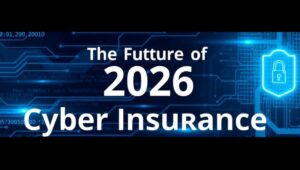June 2, 2025
Intellectual Property in an AI-Assisted Development World (2027)
Intellectual Property in an AI-Assisted Development World (2027) Artificial intelligence (AI) is rapidly transforming the landscape of software and technological development. By 2027, AI-assisted development will likely be the norm, raising critical questions about intellectual property (IP) ownership, authorship, and the protection of AI-generated creations. This article explores the key considerations surrounding IP in this evolving environment. The Blurring Lines of Authorship One of the most significant challenges in an AI-assisted development world is determining authorship. When AI algorithms contribute substantially to the creation of software, code, or designs, the traditional notion of a human author becomes blurred. Consider these
